As the coolness of winter lifts and the first buds begin to break, early spring transforms Australian gardens with soft colour, fragrance, and fresh new growth. It’s an ideal time to enjoy trees that bloom early and set the tone for the season ahead.
Whether you’re refreshing a courtyard, softening a boundary, or creating a garden focal point, these five trees bring exceptional beauty to the early spring landscape.
1. Malus ioensis – Prairie Crab Apple
A charming ornamental tree, Malus ioensis bursts into life with masses of soft pink buds opening to blush-white, fragrant flowers. The display is followed by small, decorative fruit that persist into autumn, attracting birds and pollinators.
Key Features:
Height: 5–6m
Width: 4–5m
Flowers: Soft pink to white, fragrant
Foliage: Deep green, turning golden in autumn
Best For: Cottage-style gardens, feature planting, wildlife attraction
This tree shines as a standalone feature in lawns or larger garden beds, where its rounded canopy and seasonal colour can be appreciated. For a traditional orchard aesthetic, plant in clusters of three or as a small grove.
2. Malus ‘Royal Raindrops’
Compact, colourful, and reliable, Malus ‘Royal Raindrops’ delivers brilliant magenta-pink blooms in early spring, followed by small red fruits that persist through winter. Its fine-cut, purple foliage adds texture and contrast year-round.
Key Features:
Height: 5–6m
Width: 4m
Flowers: Magenta-pink
Foliage: Burgundy to bronze through the seasons
Best For: Modern landscapes, smaller gardens, wildlife-friendly designs
Perfect as a pair flanking a driveway or entrance, this ornamental crab apple also works beautifully planted in groups for a rich spring display. Its tidy growth habit suits both formal and informal gardens.
3. Hakea bucculenta – Red Pokers
A striking Australian native, Hakea bucculenta adds a bold splash of colour from late winter into early spring. Long red flower spikes stand out dramatically against its silvery-green foliage, attracting nectar-loving birds and pollinators.
Key Features:
Height: 2–4m
Width: 2–3m
Flowers: Fiery red, cylindrical spikes
Foliage: Narrow, silvery-green
Best For: Native gardens, coastal conditions, low-water landscapes
This hardy shrub-like tree thrives in sandy, well-drained soils and looks best planted in clusters or mixed native borders. It’s equally effective as a small screening row or accent feature in a drought-tolerant design.
4. Malus ‘Granny Smith’ Apple
One of Australia’s most recognisable fruit trees, Malus ‘Granny Smith’ combines ornamental charm with productivity. In early spring, it’s covered in white blossoms before its crisp, green apples begin to form.
Key Features:
Height: 4–6m
Width: 4–5m
Flowers: White, lightly fragrant
Fruit: Bright green apples, ripening in late summer to autumn
Best For: Productive gardens, espaliers, edible landscaping
Plant Granny Smith as a single feature in the orchard or in pairs for symmetry along garden paths. It’s also ideal for espalier training along a fence or wall, offering both structure and seasonal interest.
5. Magnolia × soulangeana – Saucer Magnolia
A timeless favourite, Magnolia soulangeana lights up early spring with its large, goblet-shaped blooms in shades of pink, mauve, and white. Its blossoms appear on bare branches, creating one of the most spectacular seasonal displays.
Key Features:
Height: 4–6m
Width: 3–5m
Flowers: Pink to mauve, appearing before foliage
Foliage: Glossy green, emerging after flowering
Best For: Feature planting, courtyards, formal gardens
Magnolias are most effective as single feature trees in lawns or courtyards, where their shape and flowers can be admired from all sides. In larger gardens, plant in clusters of three to form a sculptural, layered canopy.
Final Thoughts
Early spring is one of the most rewarding times in the garden – when colour, scent, and life return after the cooler months. From the bold native blooms of Hakea bucculenta to the delicate flowers of magnolias and crab apples, these trees capture the spirit of renewal.
Planted as features, in pairs, or in small clusters, each of these species offers exceptional form, texture, and seasonal appeal to Australian gardens.


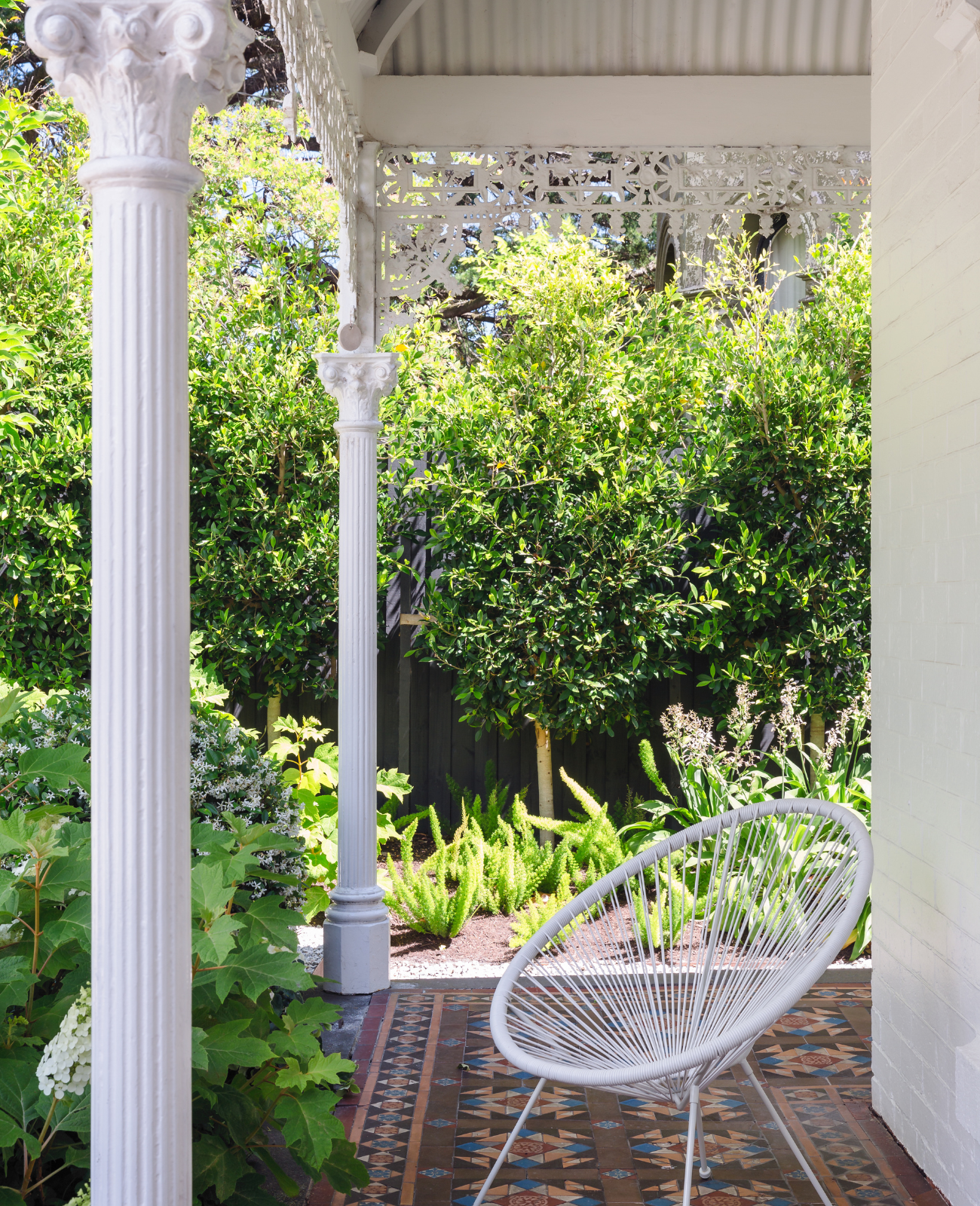
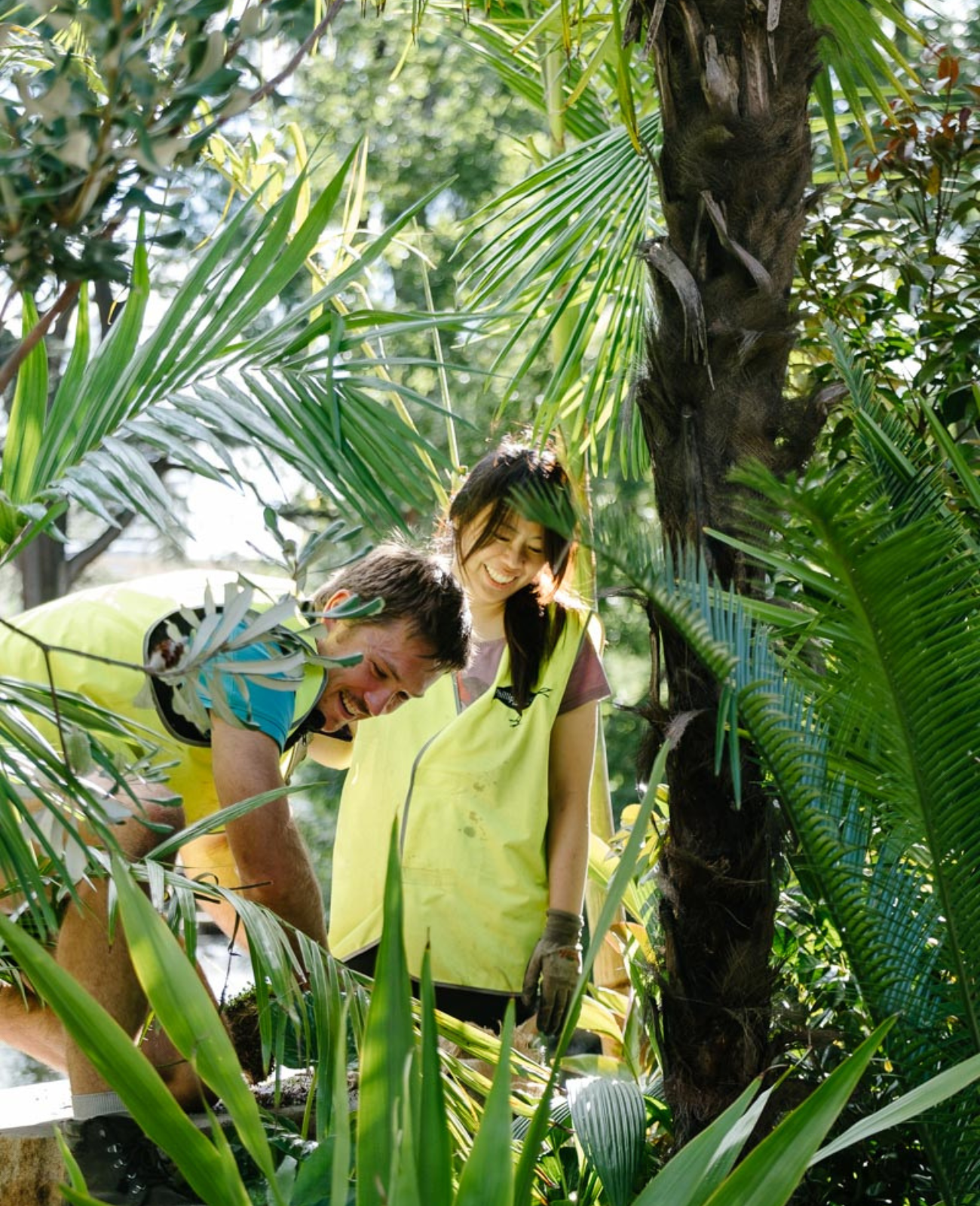
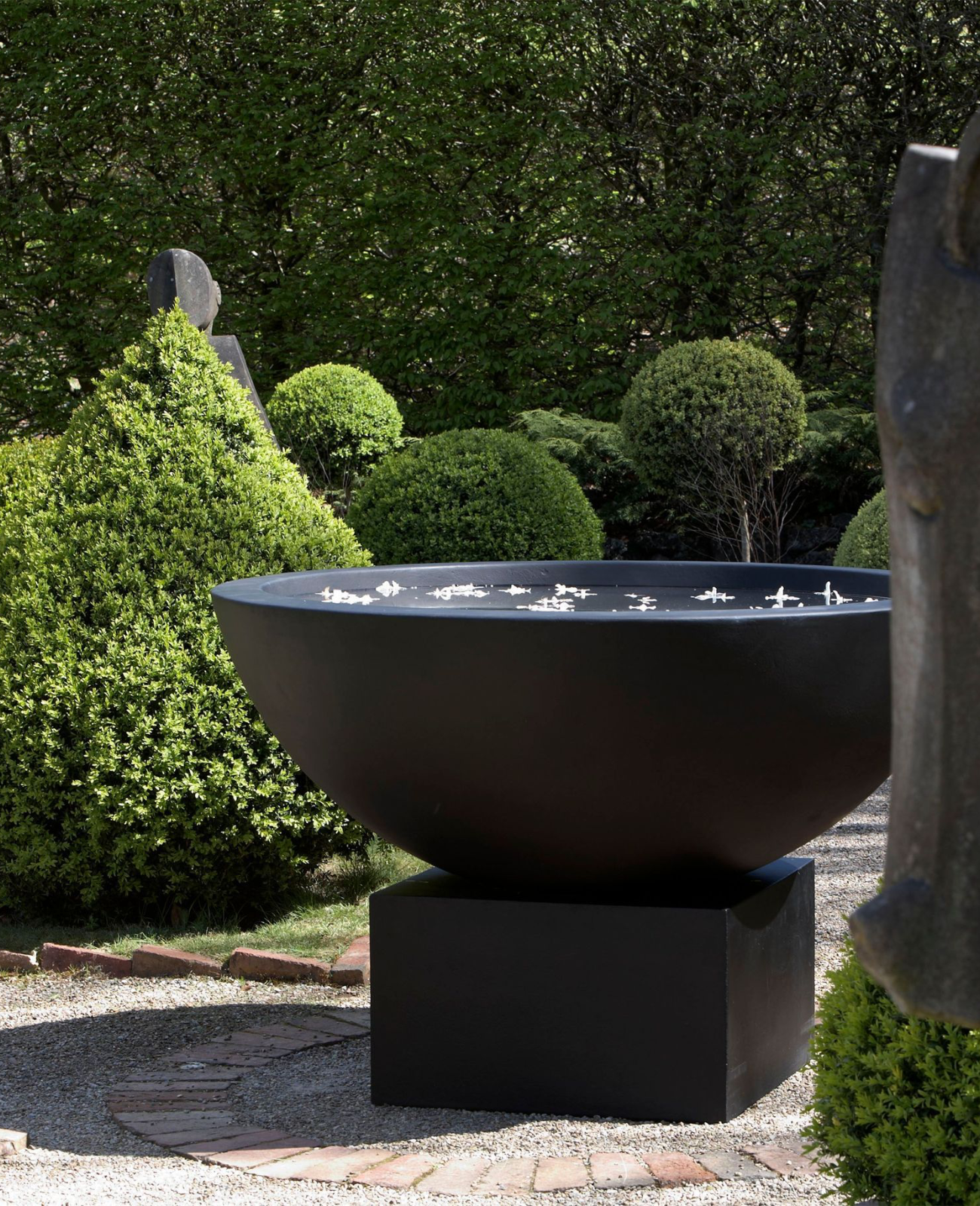
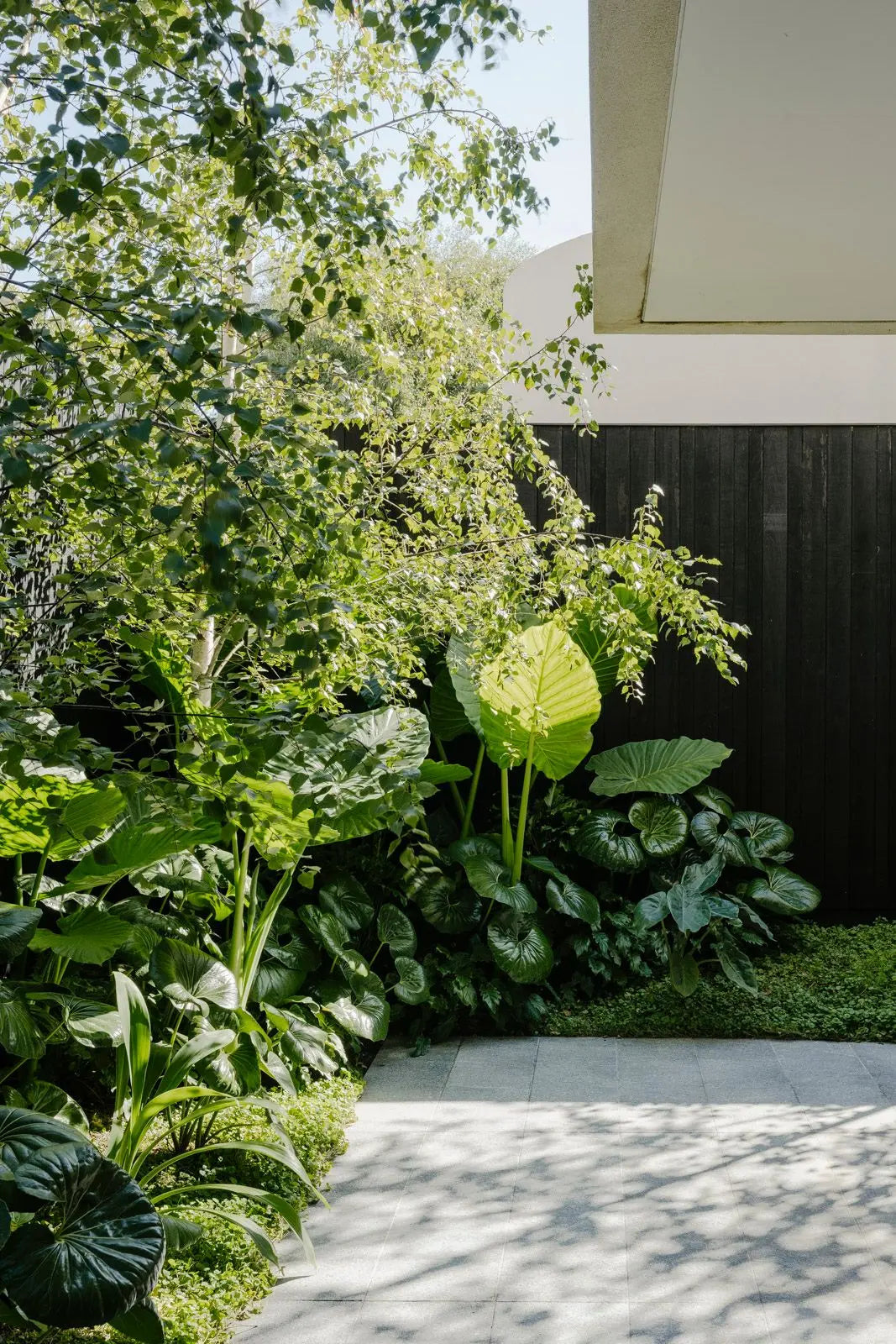
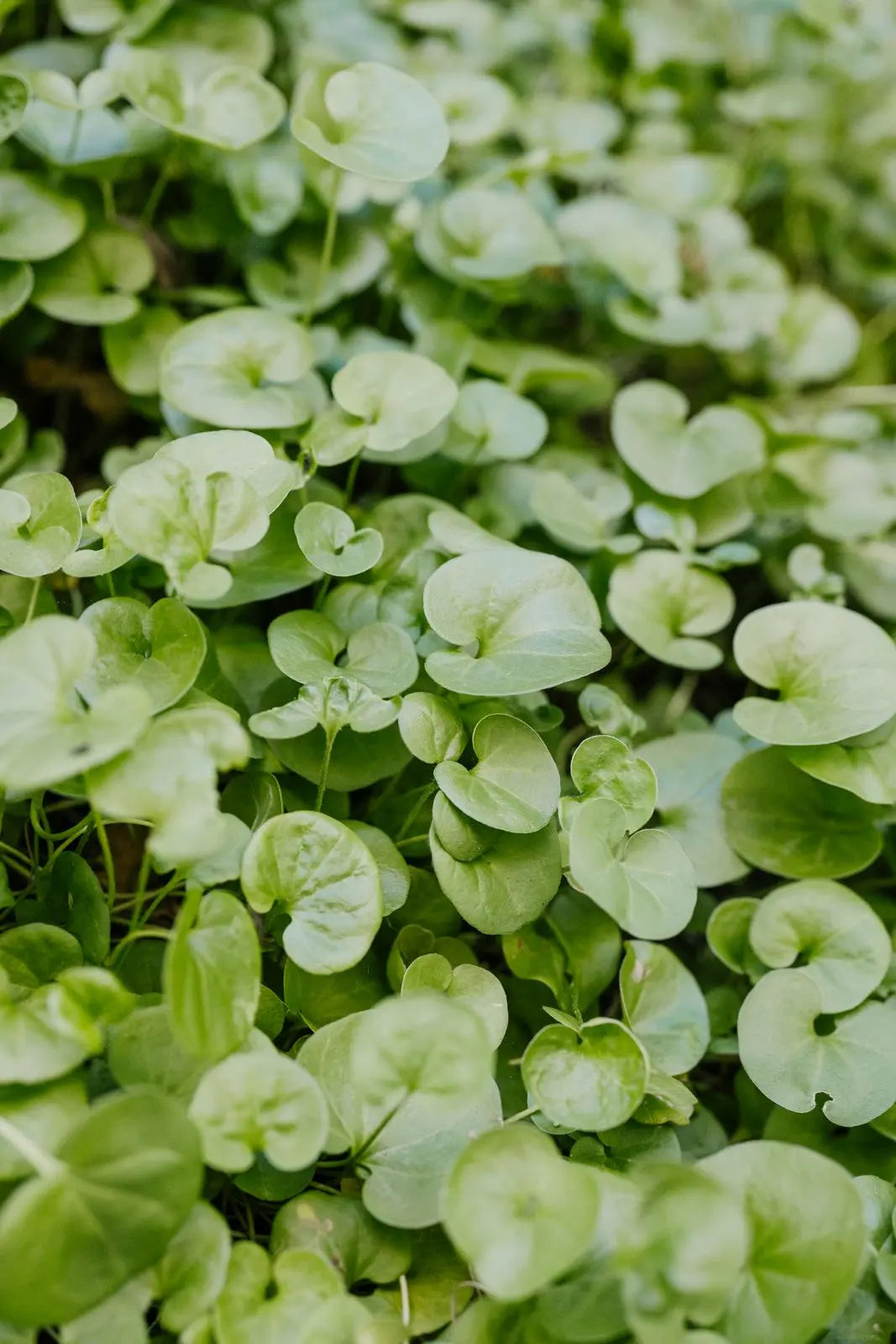
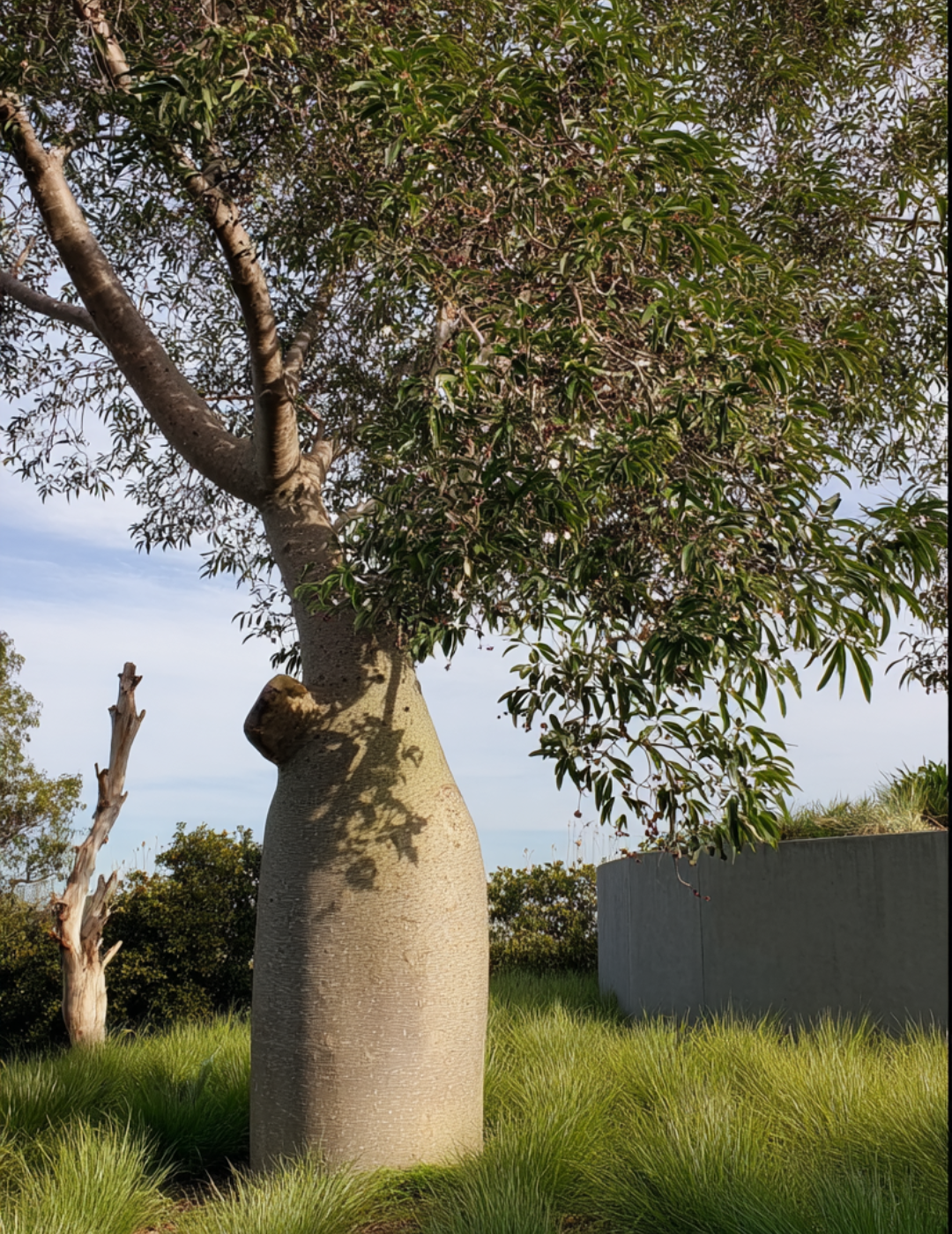
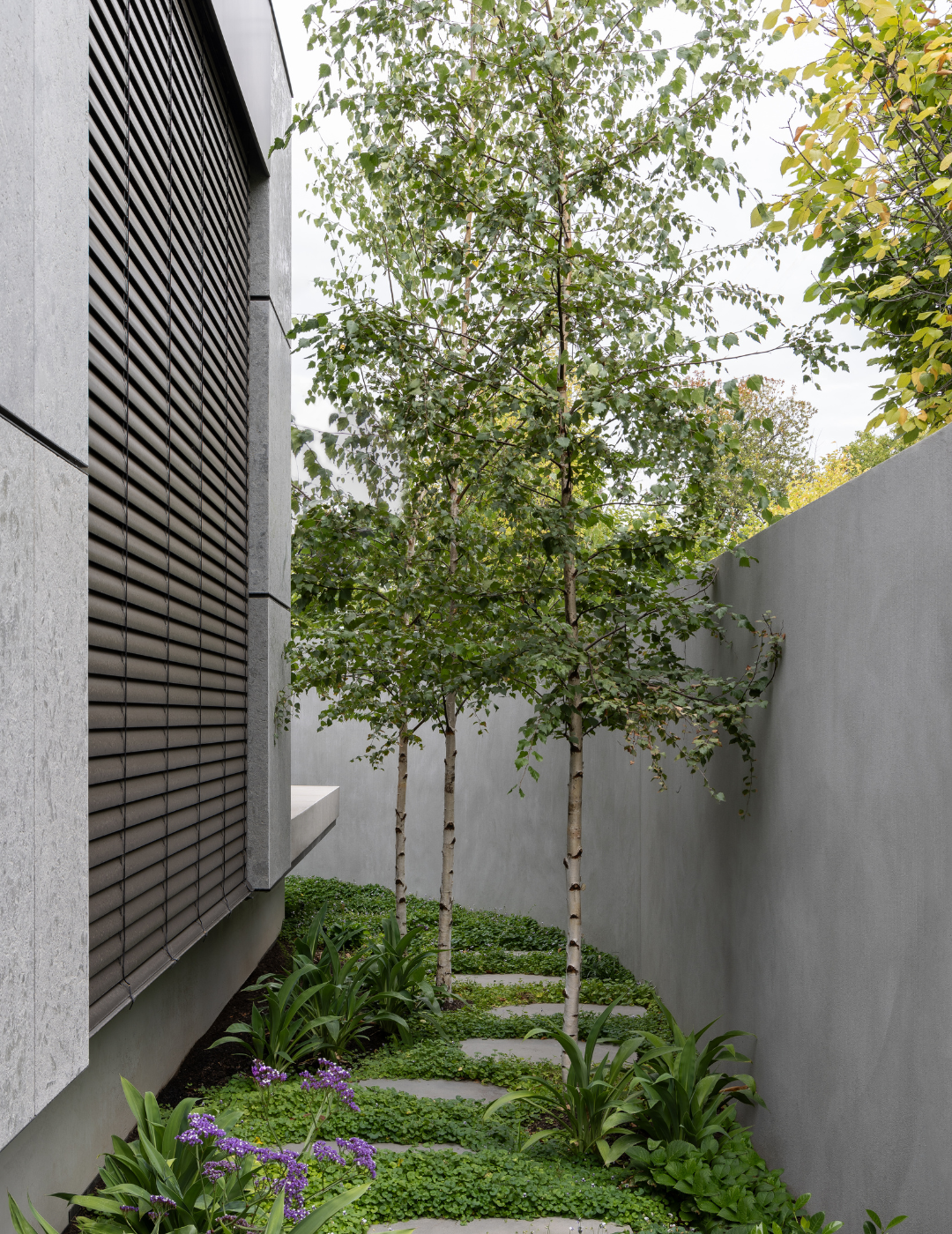
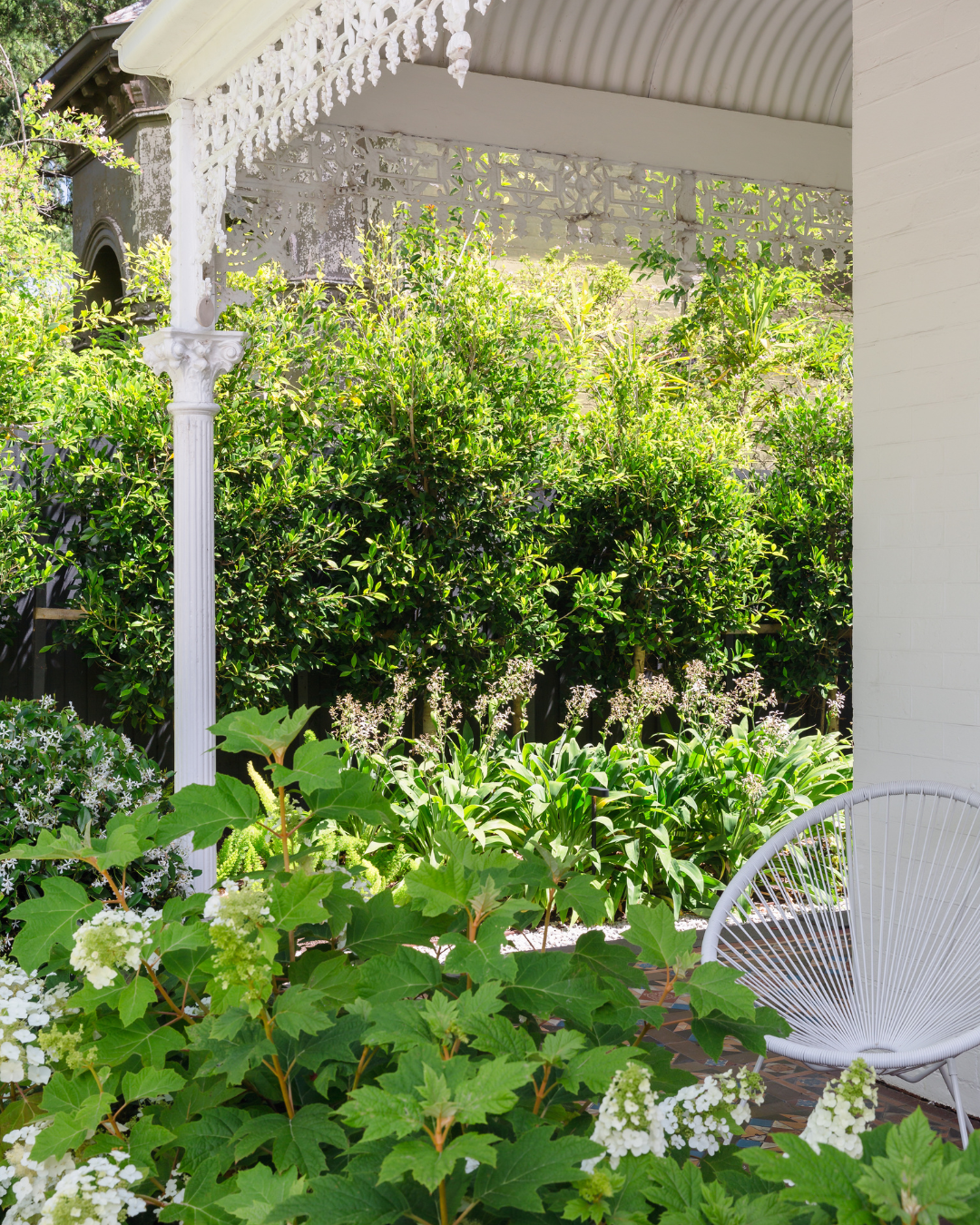
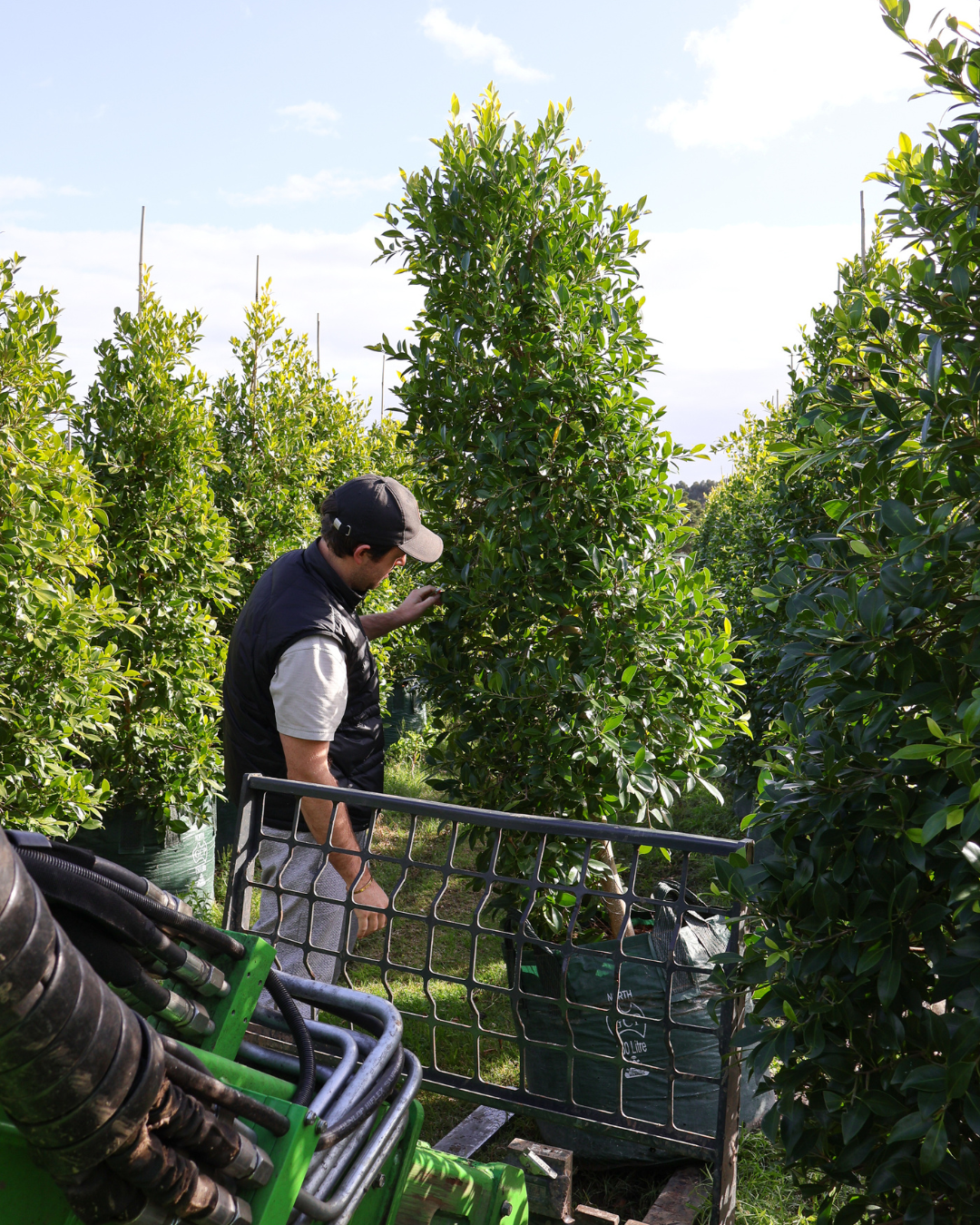
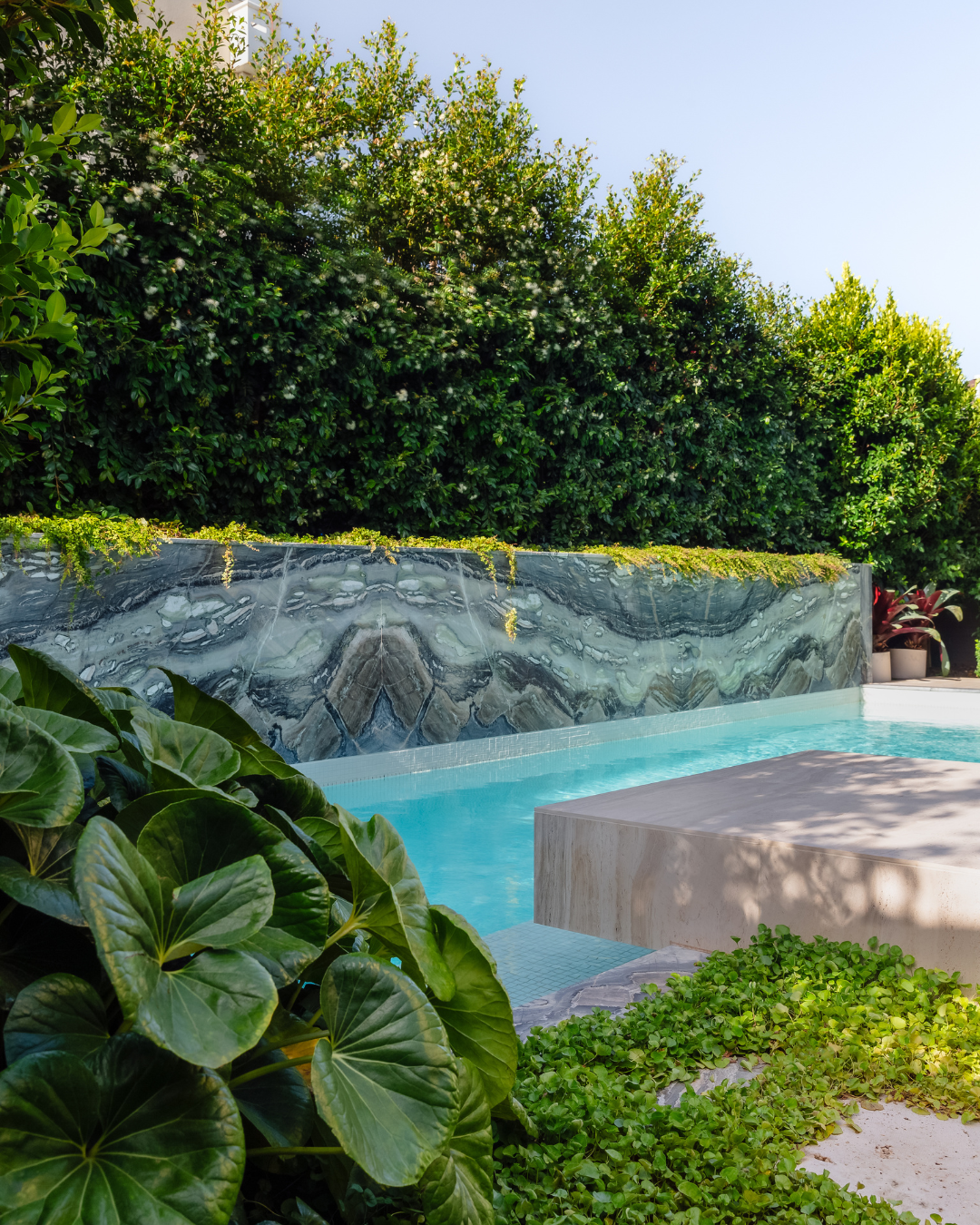
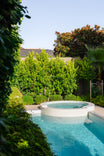
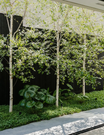
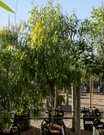
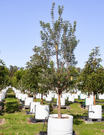
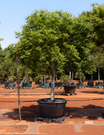
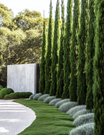
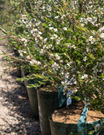
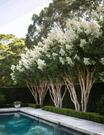
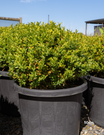
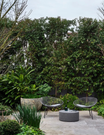
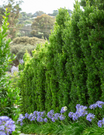
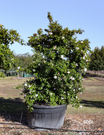
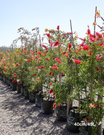
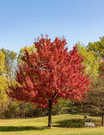
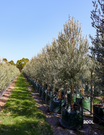
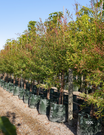
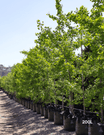
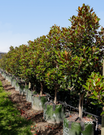
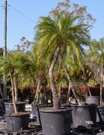
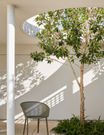
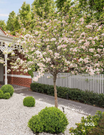





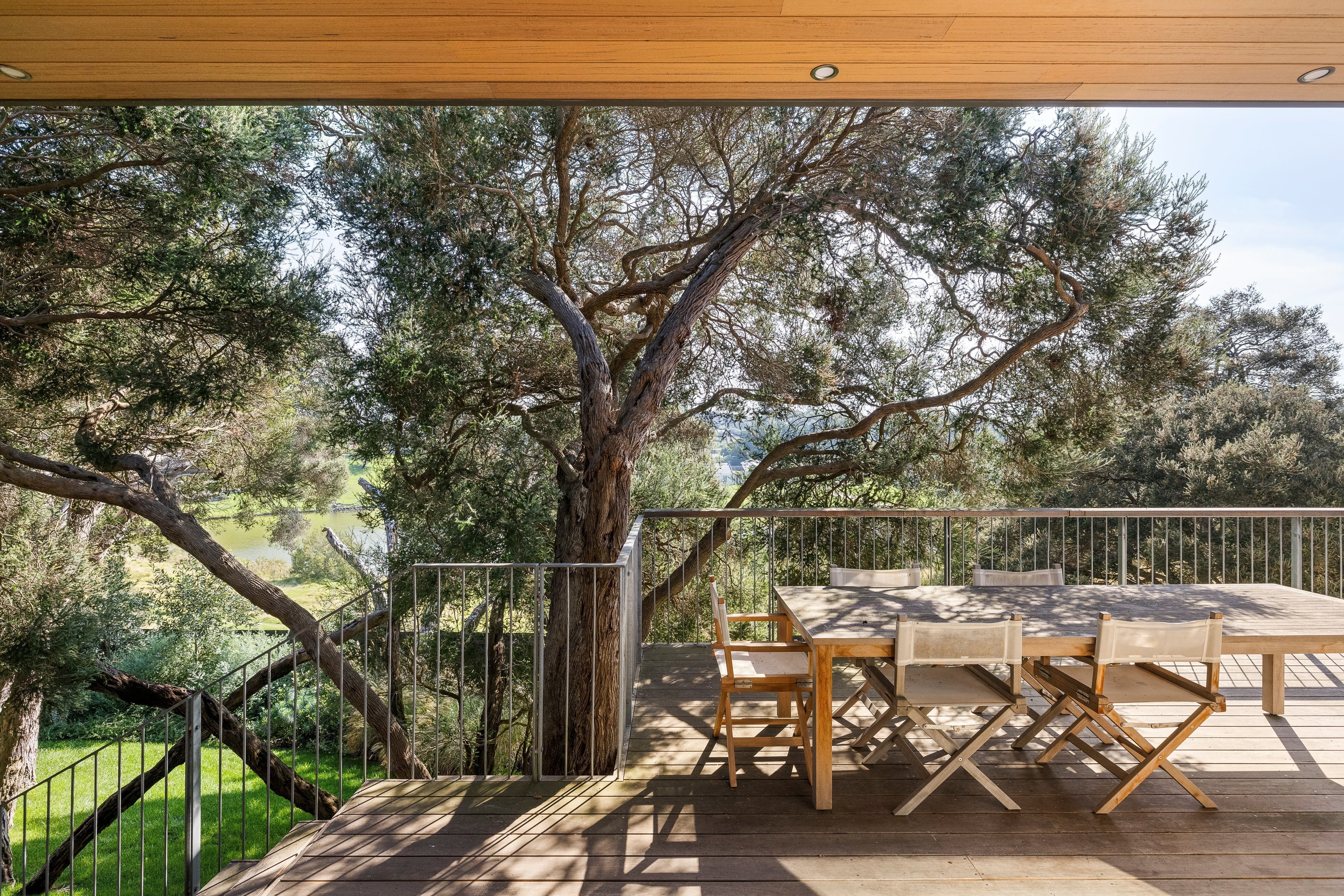
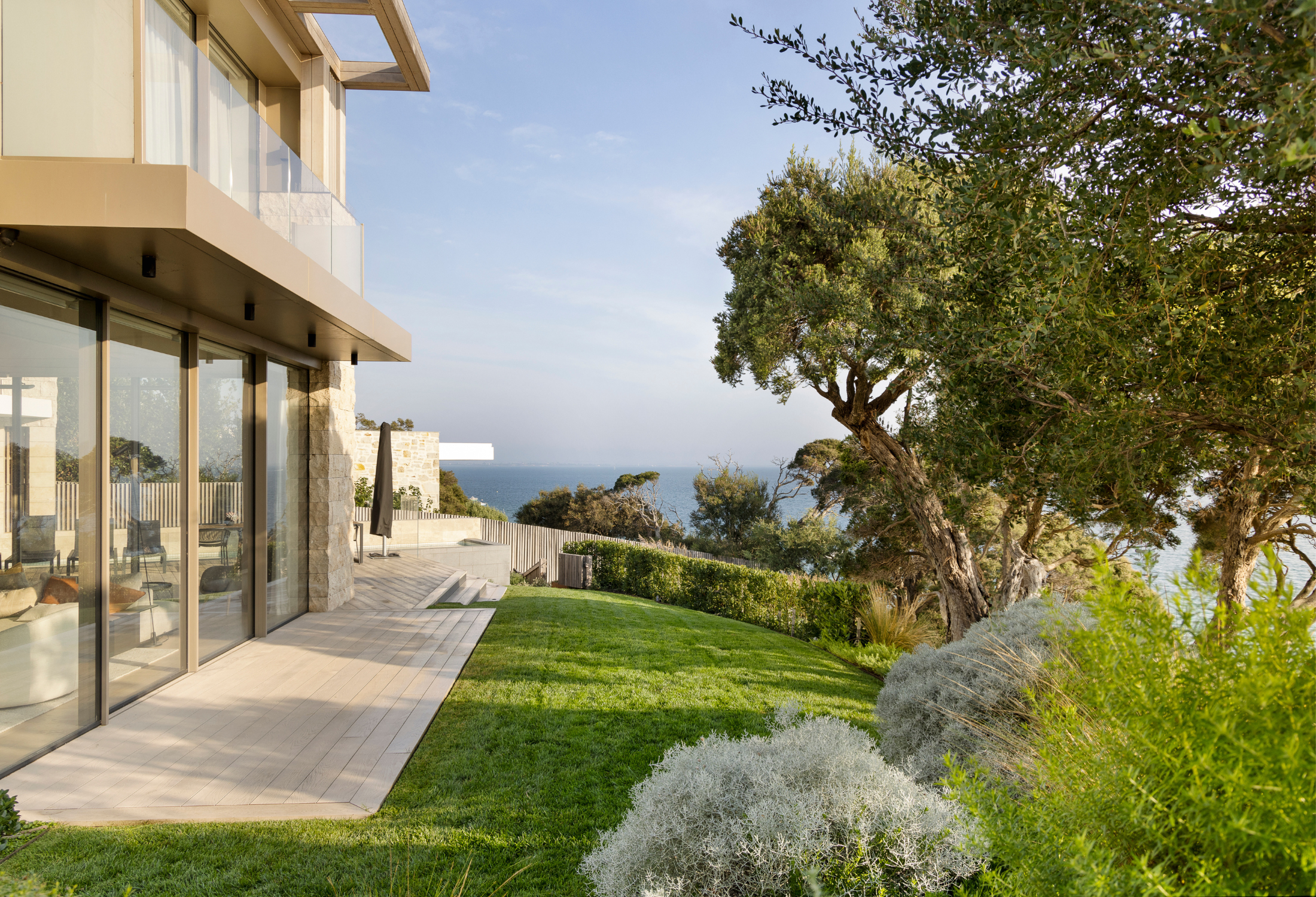
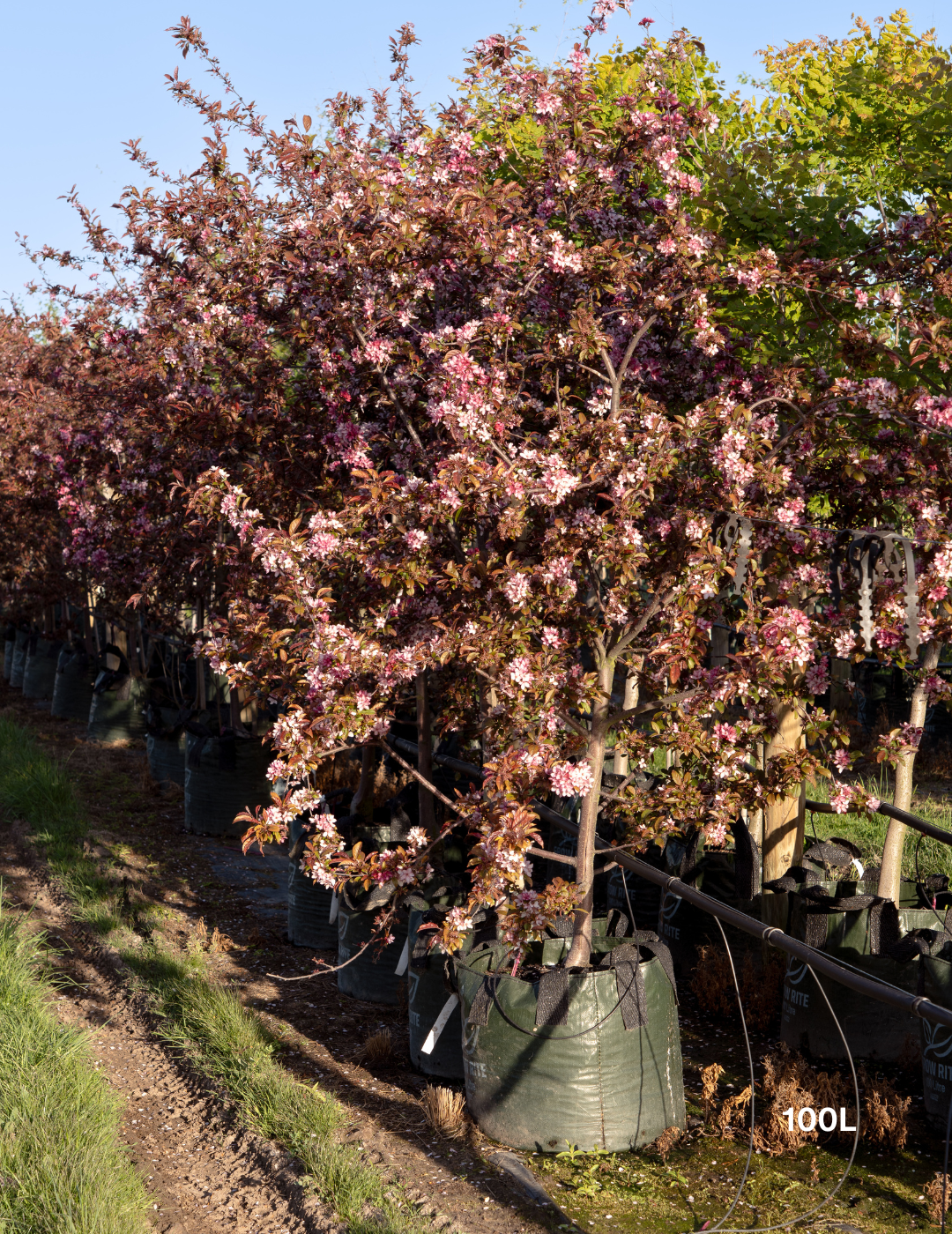
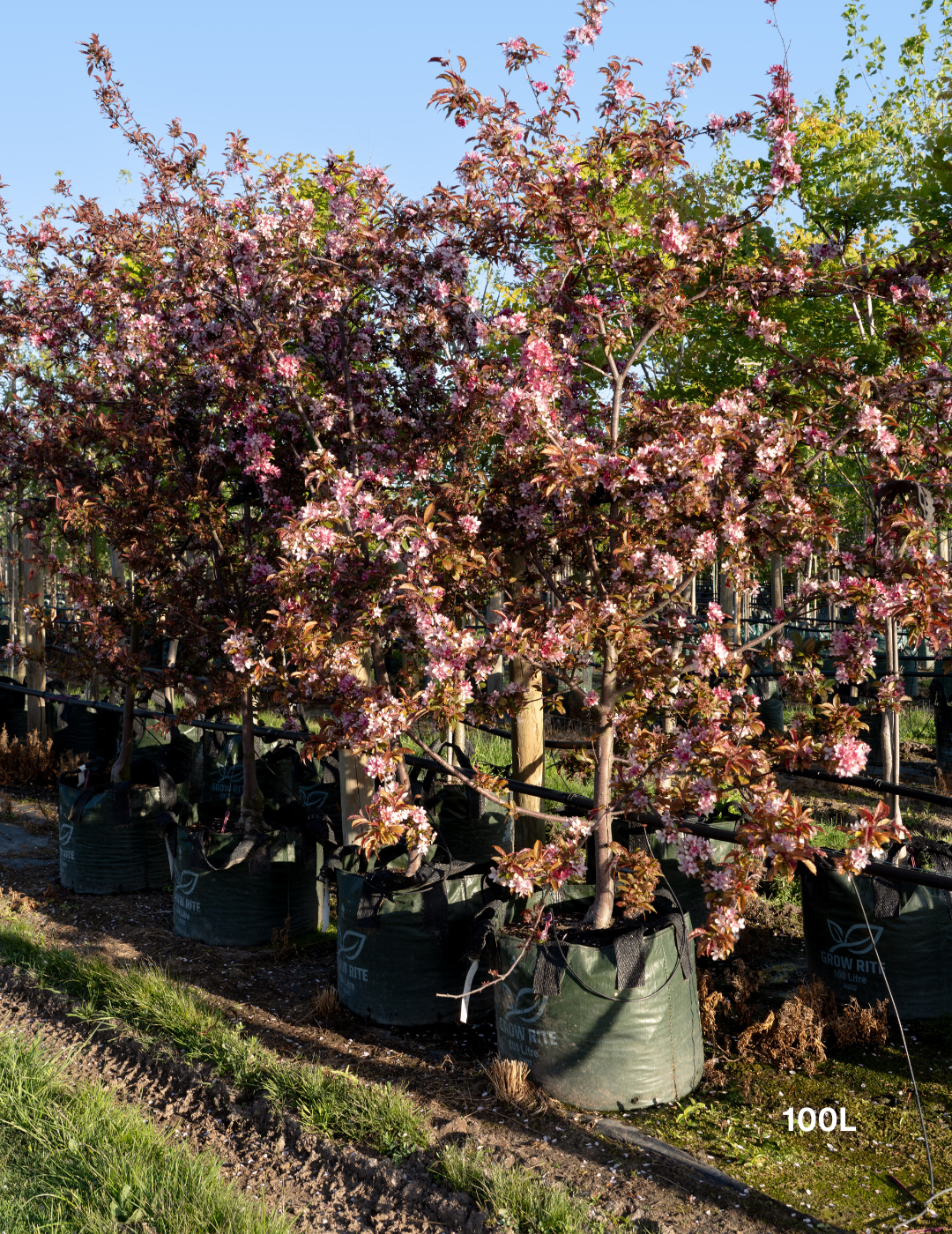
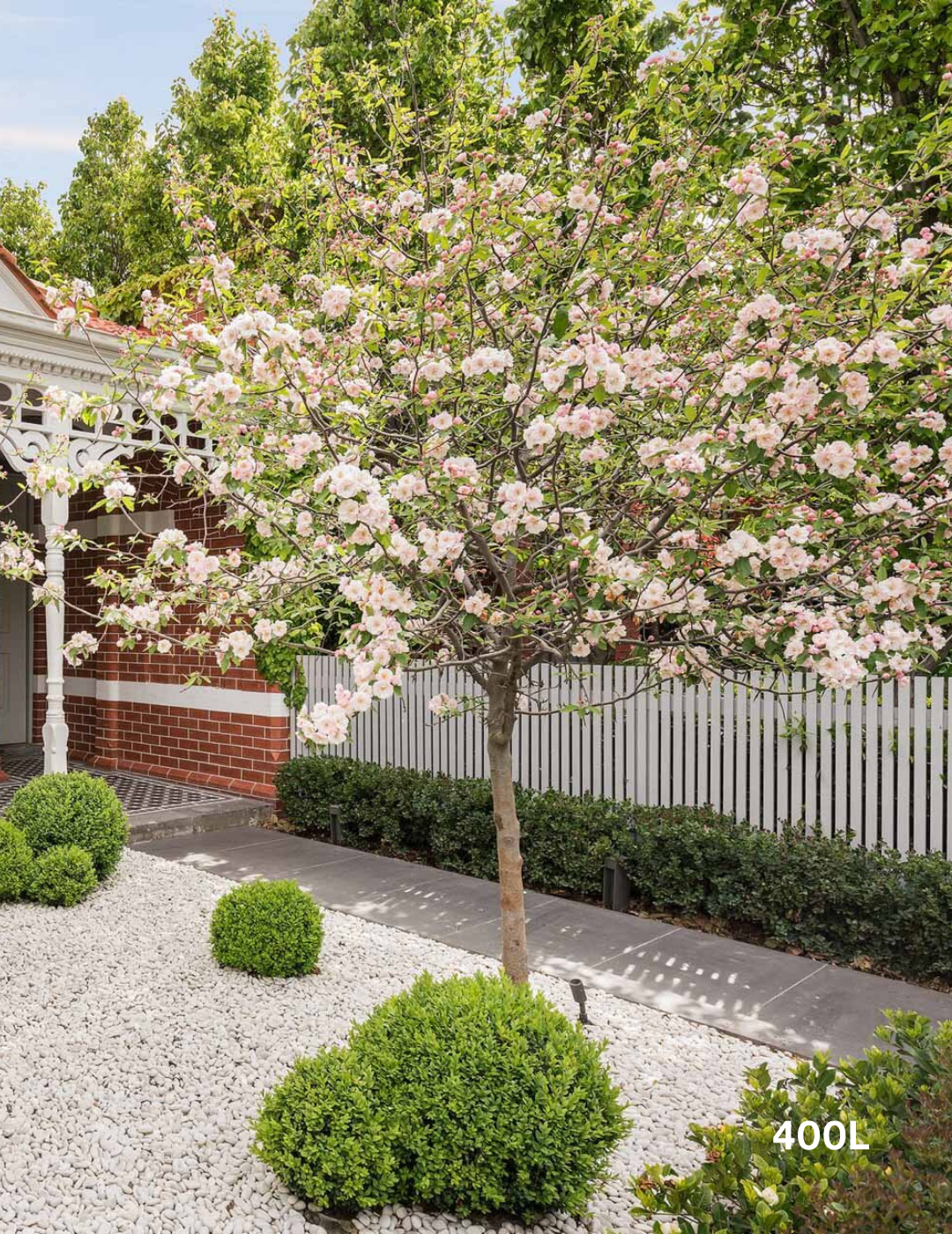
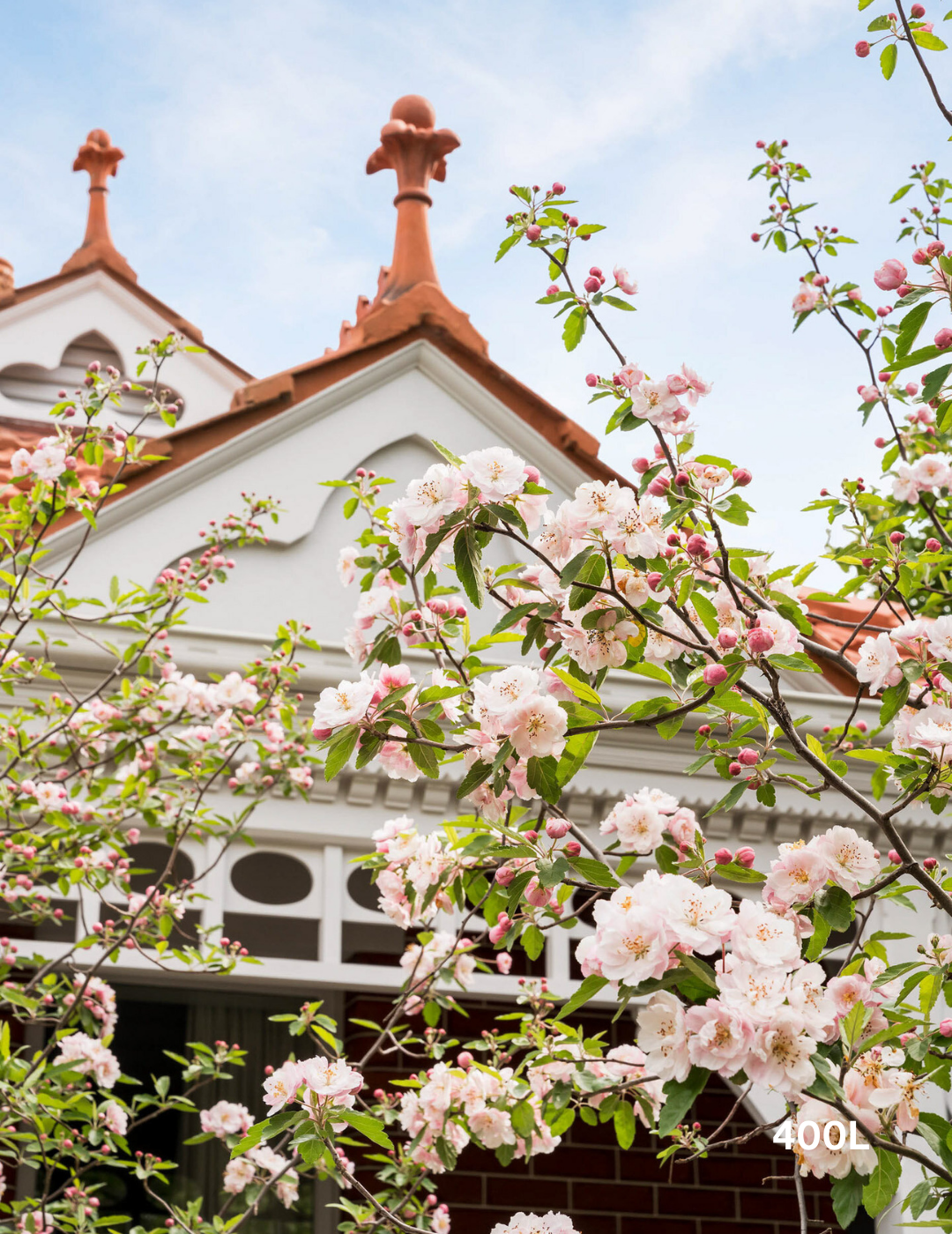
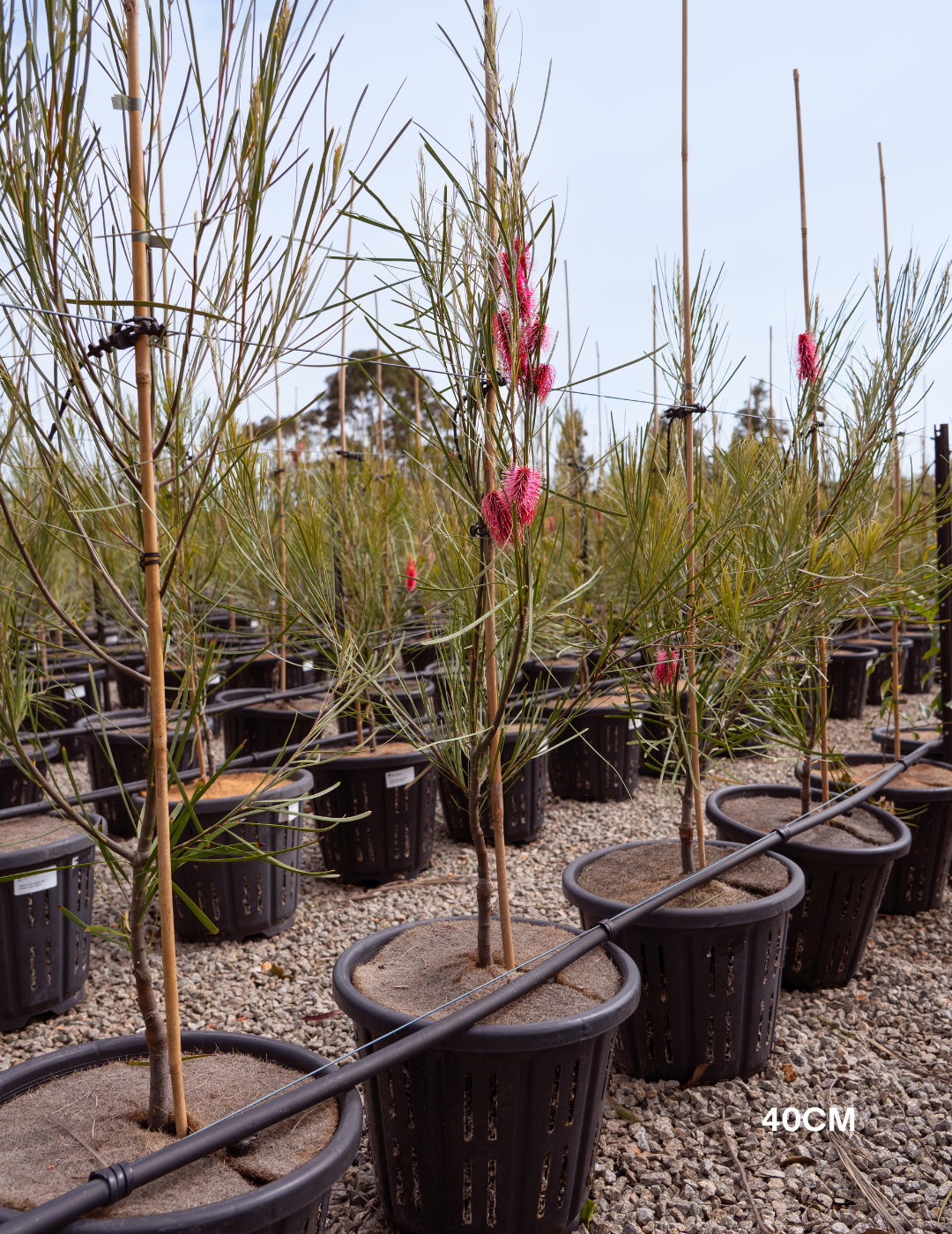
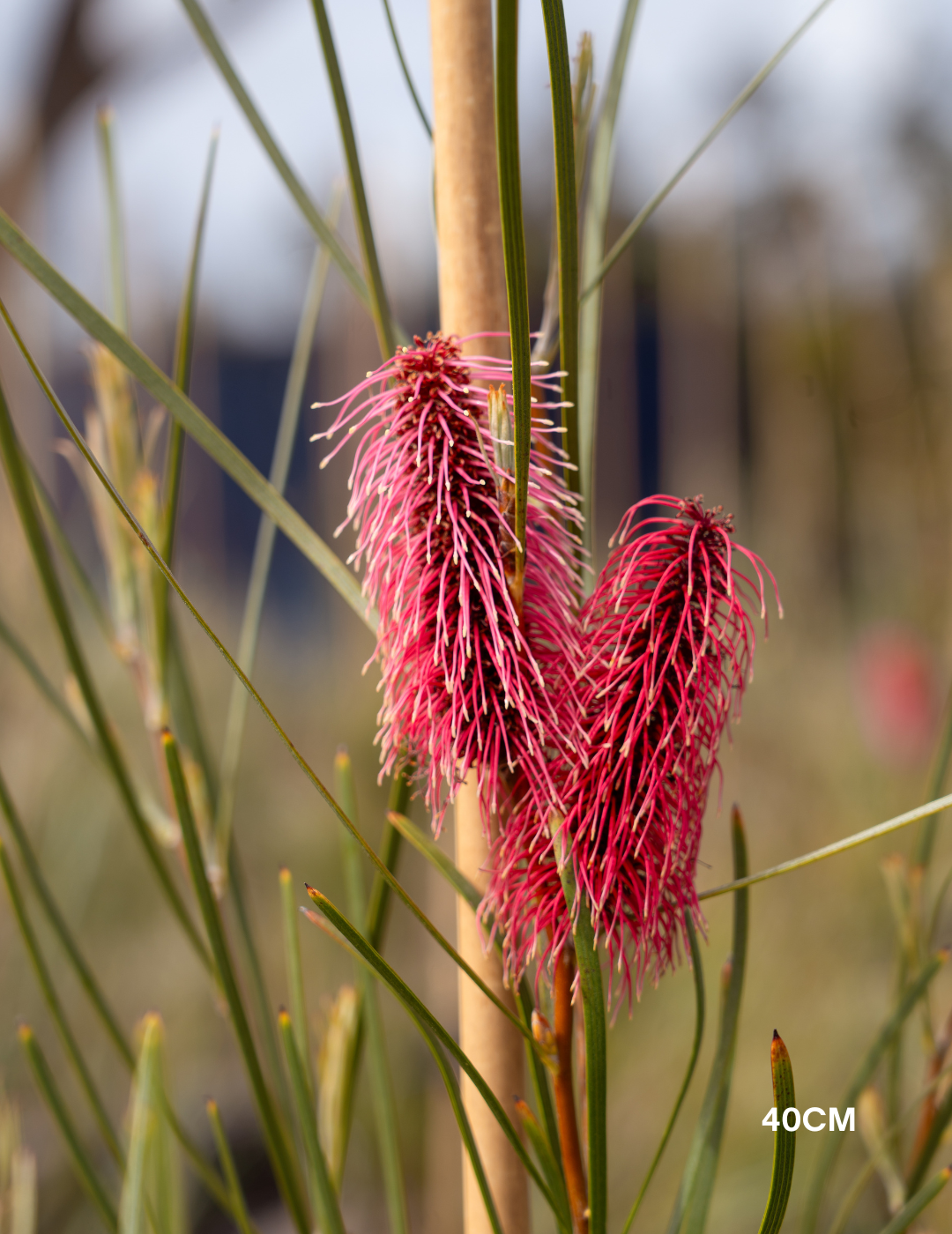
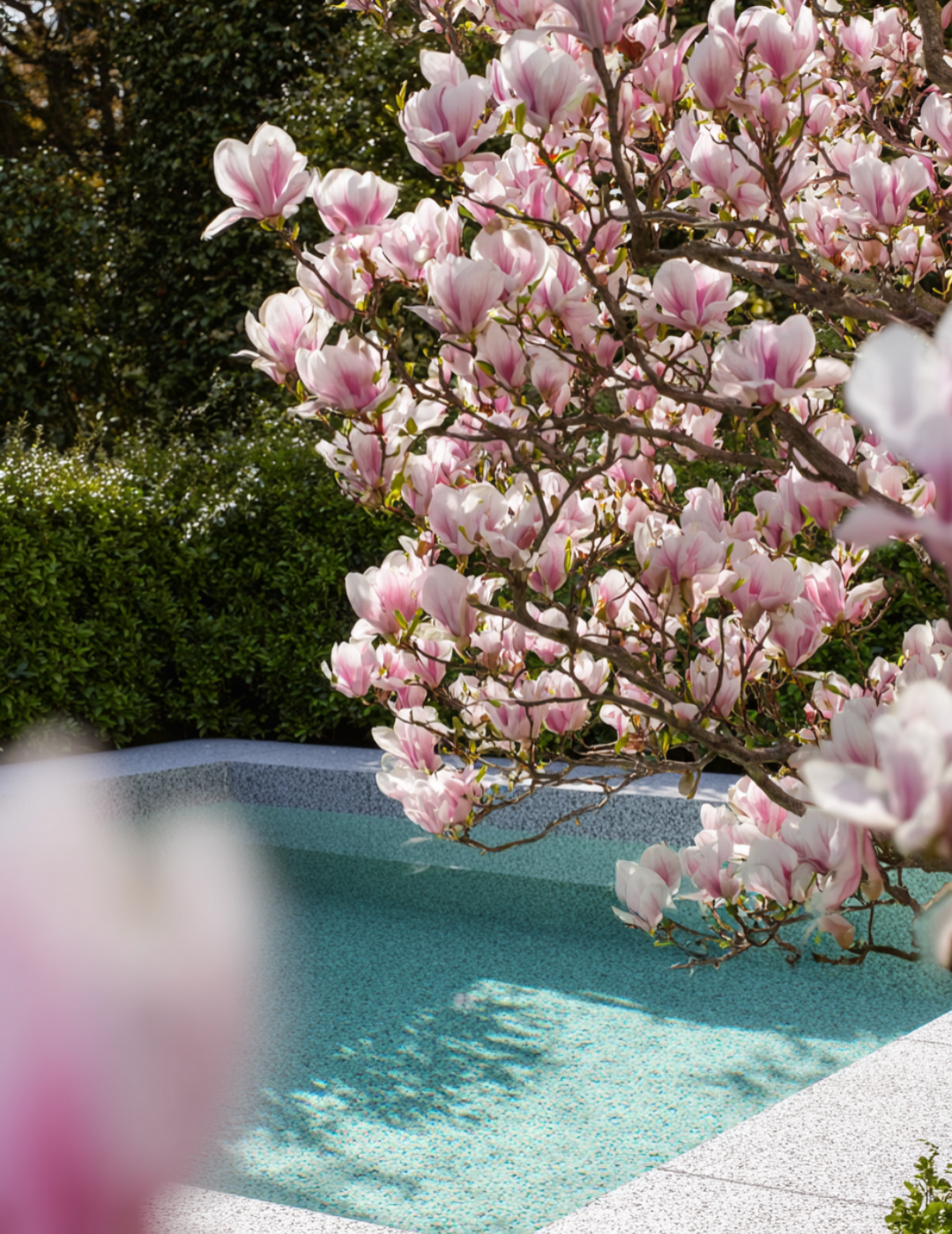
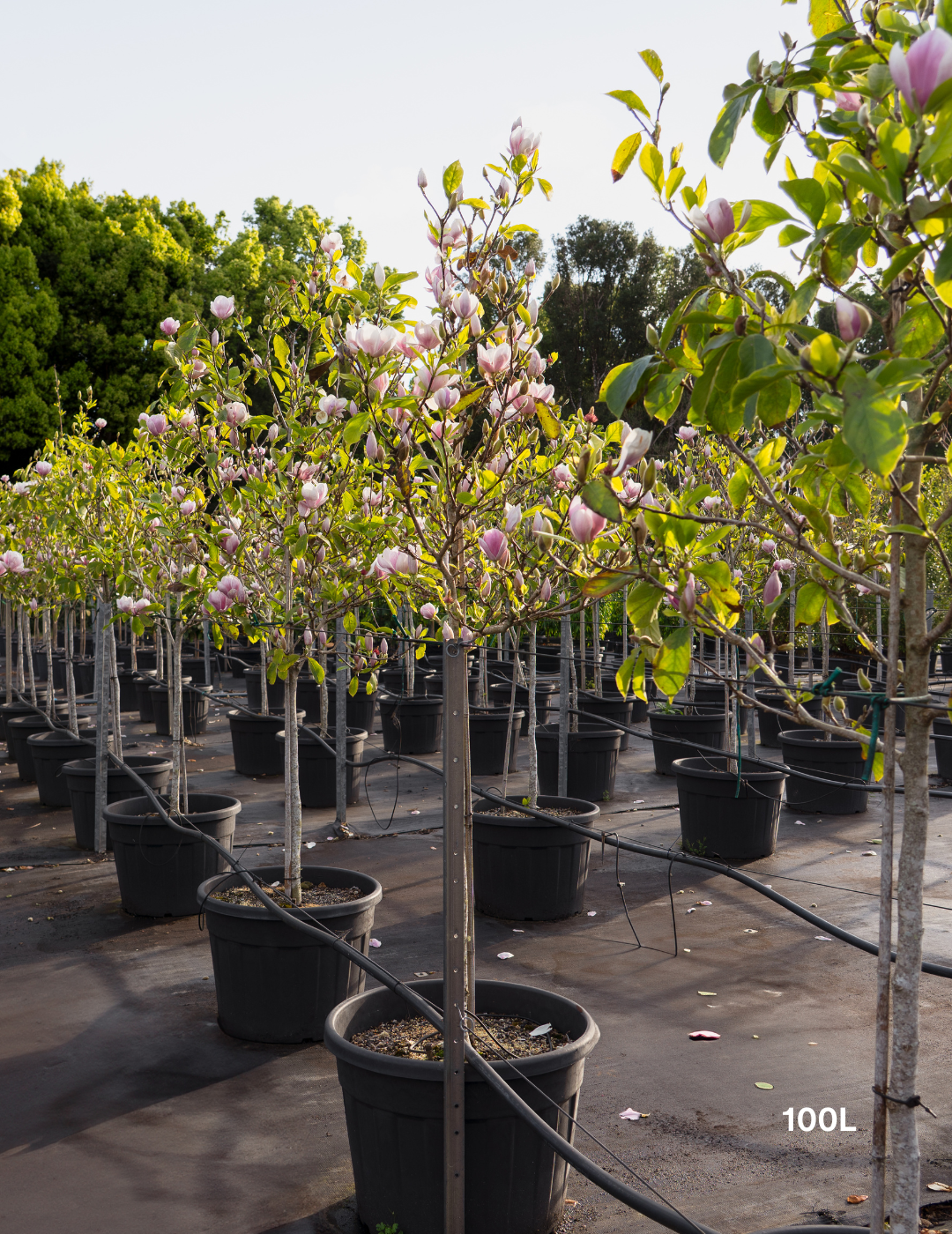
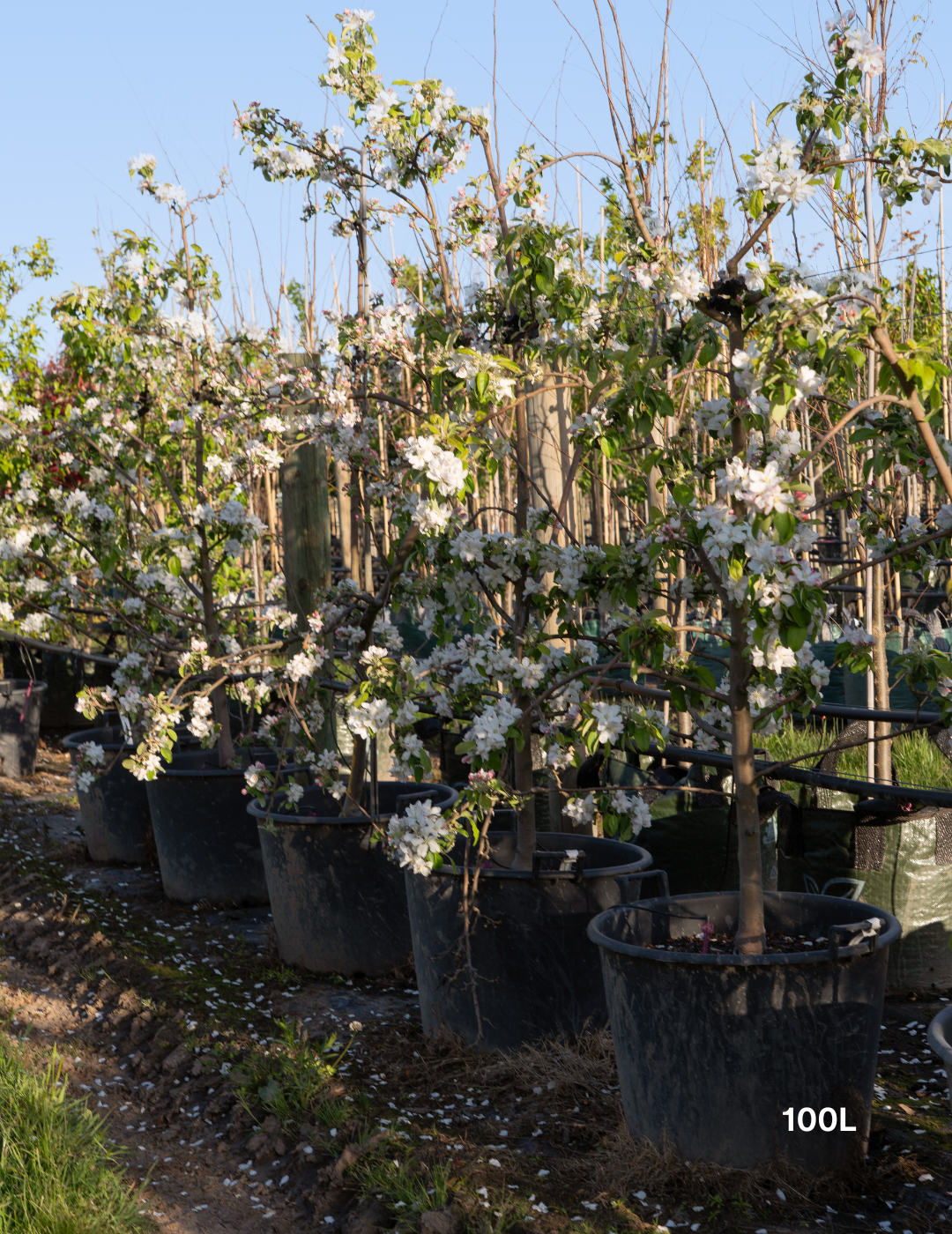
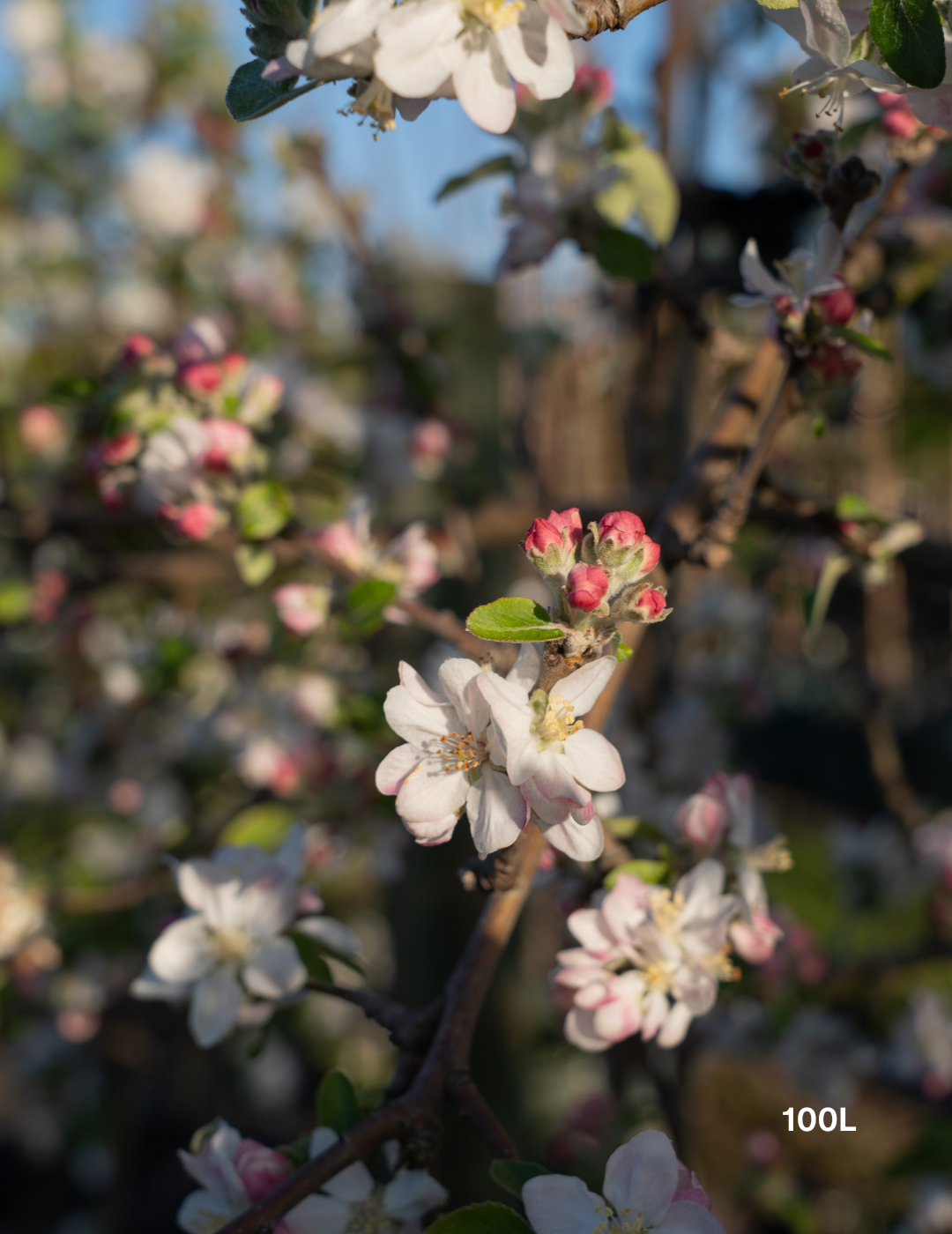
Leave a comment
This site is protected by hCaptcha and the hCaptcha Privacy Policy and Terms of Service apply.